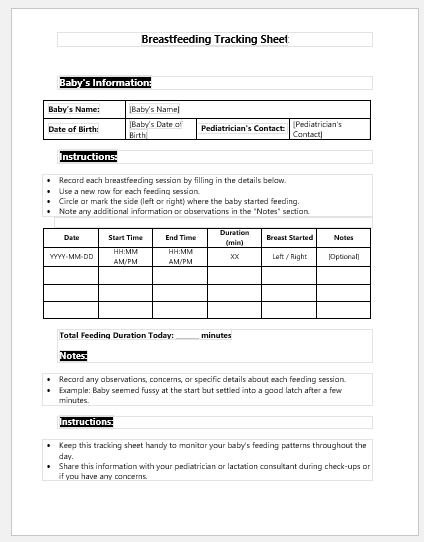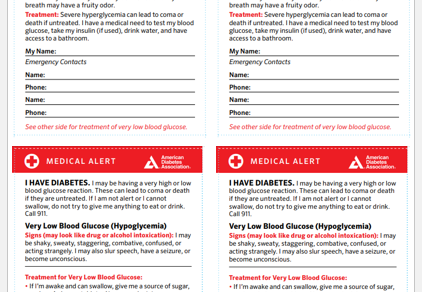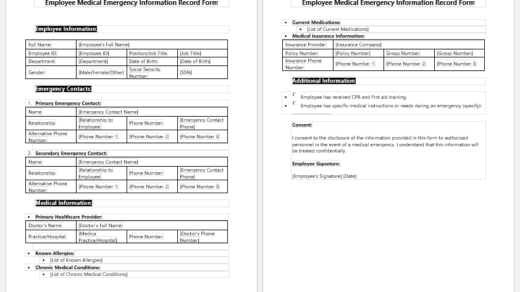Breastfeeding is one of the most highly discussed topics and, somehow, the most misunderstood concept, especially among the less educated population of the world.
Breastfeeding is the basic right of a newborn and must be fed to the baby right from the beginning of its arrival in this world. Breastfeeding in the first three days of birth is called colostrum and is rich in countless immunoglobulins, which serve as a vaccine against many infectious and fatal diseases. So, this is the main reason a baby is put on the mother’s feed just after his birth. This also helps in good milk production through the action of oxytocin.

Tracking Sheet
Benefits of breastfeeding
Breastfeeding contains immense benefits both to the mother and baby. That’s why doctors all over the world keep emphasizing the importance of breast milk and a mother is always encouraged to breastfeed her baby.
Some of the most important advantages of breastfeeding are:
- Breastfeeding is a complete food for newborns until they are shifted to external and solid sources of food. It contains all the necessary macro- and micronutrients for the baby.
- It boosts the immunity of the newborn up to two years of life and helps the baby fight against many common illnesses.
- It develops a better mother-child relationship. Both get to spend more time with each other, and this helps in stronger bonding, as per psychologists.
- It acts as a natural contraceptive for the mother if she breastfeeds her baby regularly.
- It helps the mother regain her body shape and weight before pregnancy.
- It helps the baby fight against several allergies.
- The overall effect of breastfeeding on the baby is better growth and development than that of those who are bottle-fed.
Recommended time and duration of breastfeeding
According to the World Health Organization (WHO), a baby must be exclusively breastfed from birth to six months of age. After that, he must add some solid food and continue breastfeeding for up to two years of life.
A mother must breastfeed her baby for about 10 to 15 minutes from each side every two hours in a newborn. This helps feed the child properly, protect the mother from breast inflammation due to the overproduction of unexpressed milk, and develop a regular wake, sleep, and feeding cycle for the mother.
Breastfeeding chart
- A breastfeeding chart is used to keep track of the routine of breastfeeding, especially in a newborn, for all the above-mentioned reasons. This also helps in assessing the quantity of feed a baby is taking and knowing if he is taking proper feed according to age.
- If the baby is on top feed, the quantity of both feeds is also easily taken into account for the nutritional status of the baby.
- A breastfeeding chart must be filled with the time and duration of breastfeeding, especially the duration of each breast.
- Medical Expense Reimbursement Claim Form
- Patient Enrollment Form Template
- TB Assessment Form for Employment
- Low-Carb Food Shopping List
- Emergency Prep Kit Checklist
- School Immunization Record Sheet
- Home Health Care Log
- New Patient Intake Sheet
- Discontinued Medication Tracker
- Restylane Consent Form
- Dental Assessment Form
- Nutrition Assessment Form
- Clinical Consent Form
- Physiotherapy Consent Form
- Fibromyalgia Journal


